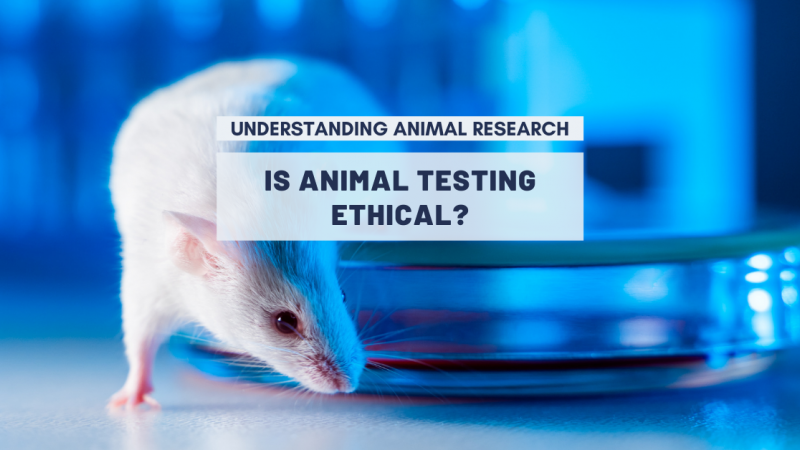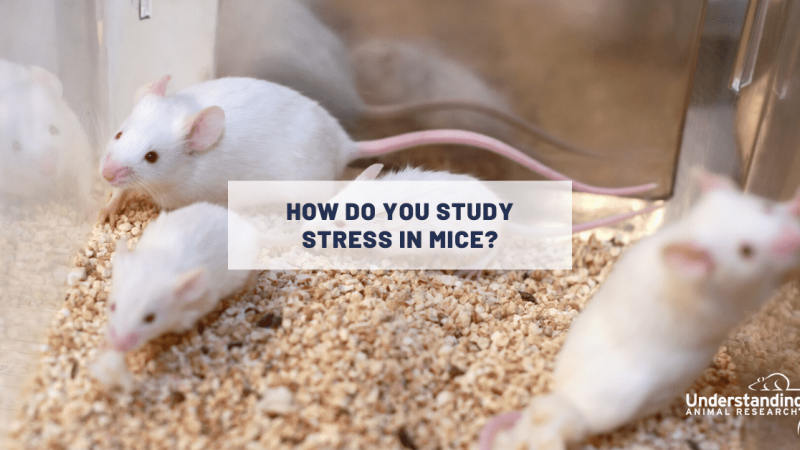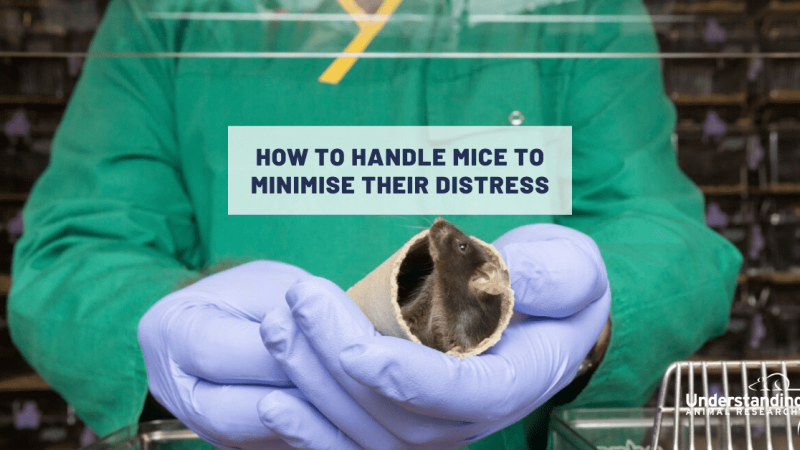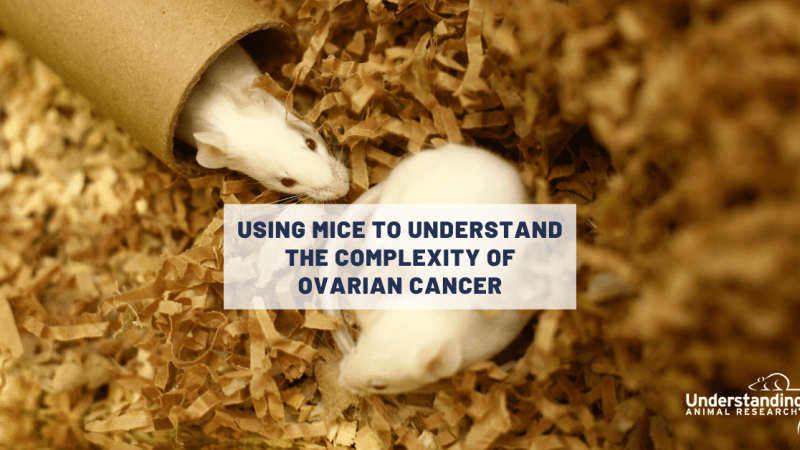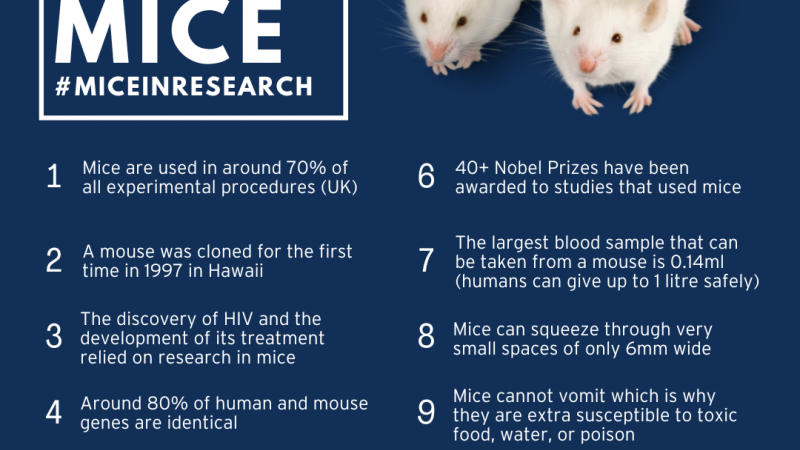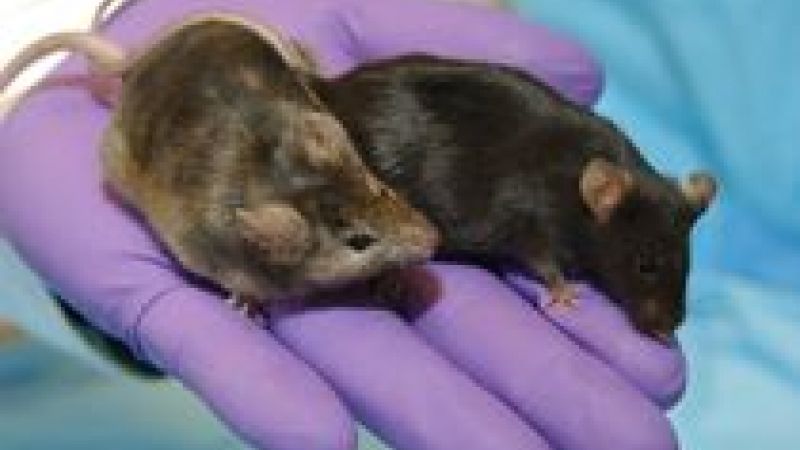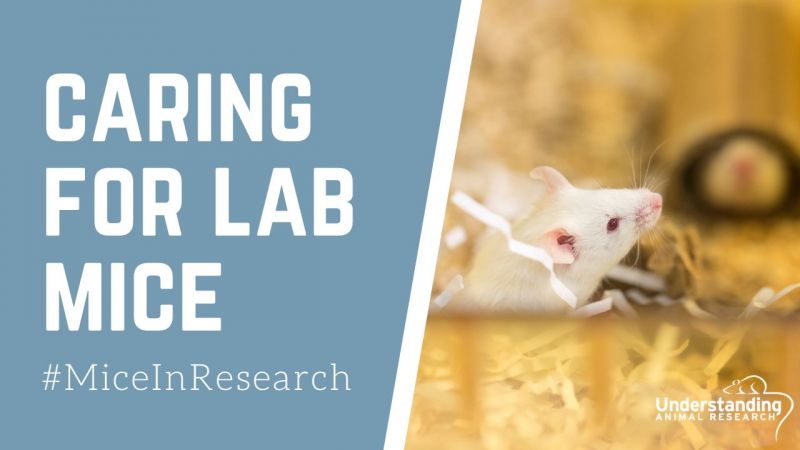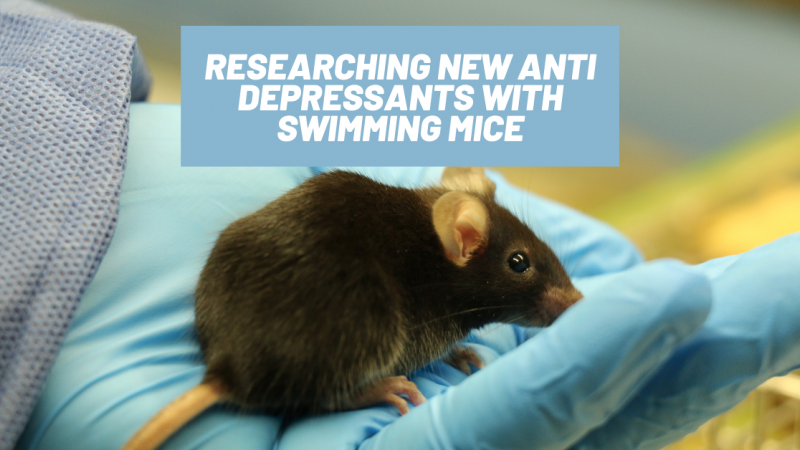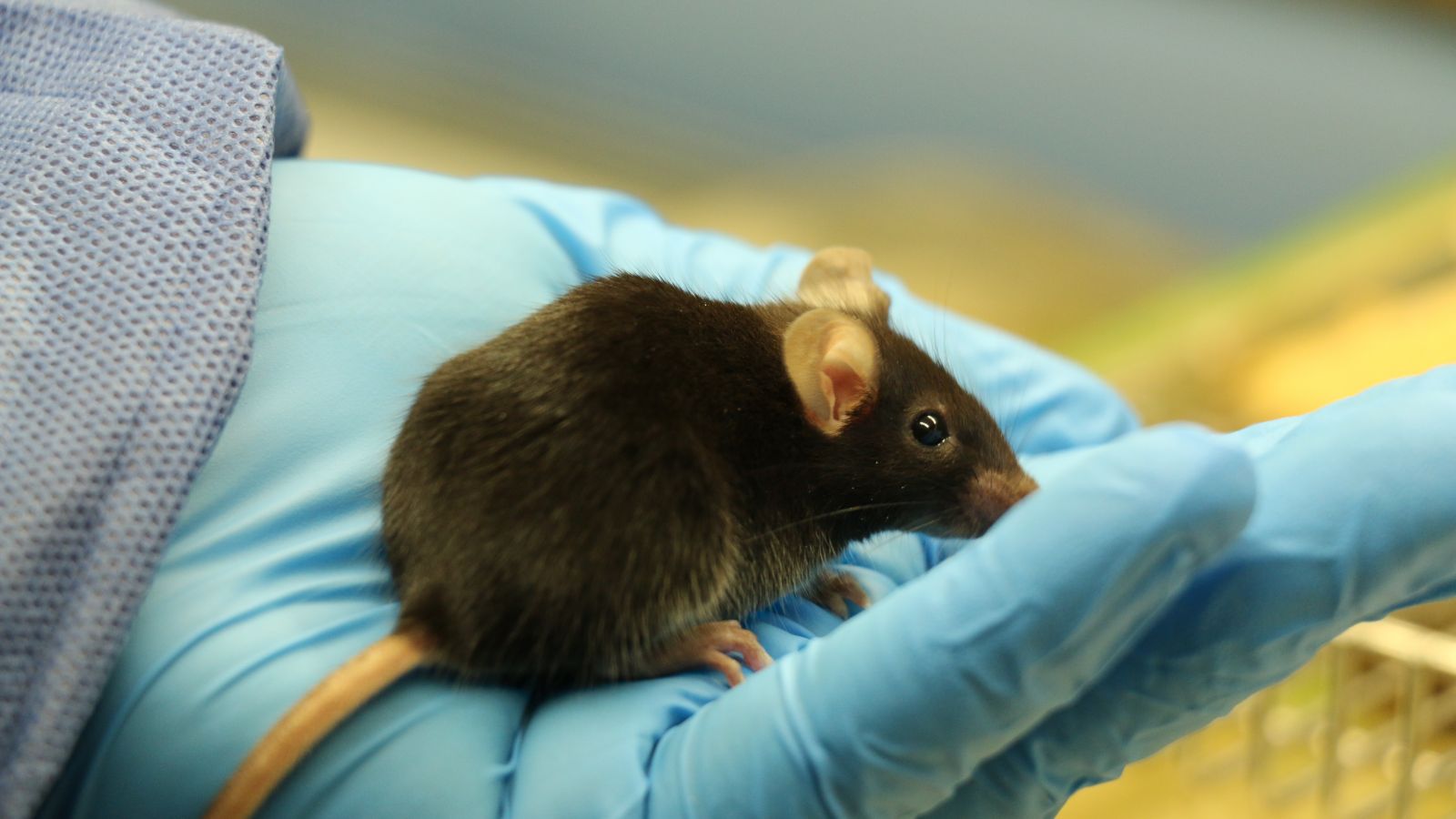
Mice are the most commonly used animals in medical research. This trend looks likely to continue now that both mouse and human genomes have been mapped (80% of human genes are exactly the same as those found in mice, and at least a further 10% are very similar) allowing human genetic disorders and diseases to be studied with greater accuracy.
Often, the only way of determining the function of a human gene is to insert it into, or remove it from, the mouse genome. Many thousands of mouse strains now exist, some frozen as embryos. Eventually, such techniques could lead to new methods of preventing, treating or even curing genetic diseases and other diseases with a genetic component.
Around 87% of all genetically modified animals used in research in the UK are mice [UK 2020 figures].
Mice (Mus musculus) belong to the family rodentia (rodents) and are one of the most common mammals on Earth. They are small animals that grow to the size of 12cm long. Mice are omnivores, their diet consists of a mixture of both plant and animal matter, essentially mice can eat anything they like! Mice have been used in research for more than a century with the first use of mice in genetics dating back to 1902. They are the most commonly used animal in Great Britain.
View this post on Instagram
Why are mice used in research?
Mice have many characteristics that make them ideal laboratory animals. Firstly, some diseases are modelled well in mice as human and mice share some anatomical, physiological, and genetic features. Conveniently, due to the successful sequencing of the mice genome, scientists can produce genetically modified mice and introduce or remove particular genetic features to make the mice better disease models. Mice have a relatively short gestation period and have multiple births, allowing researchers access to a lot of mice in a short amount of time. Their relatively fast ageing process also makes them great models for studying the effects and process of ageing. Finally, because of their size, they are convenient for researchers and animal technicians to house and care for.
What types of research are mice used in?
Mice are versatile, they are used in a range of research from genetics to virology, oncology and many more. Notably, mice and other animals have been very important in the development of Herceptin, a monoclonal antibody used in certain types of breast cancer. Herceptin was the first monoclonal antibody successfully used to treat cancer. The HER2 protein, which makes breast cancer cells grow and duplicate was discovered in rat tumours, however, years later the monoclonal antibodies were used in mice to target the HER2, which successfully reduced tumour growth. The protein was discovered in rat tumours and years later, the antibodies were used to target the HER2 in mice. Herceptin is a humanised mice antibody, being 95% human and 5% mice.
More recently, mice have been instrumental in the search for a coronavirus vaccine. Researcher’s ability to genetically modify mice has been especially useful in breeding mice that are susceptible to the SAR-COV-2 virus. The mice ACE2 receptor is different from the human ACE2 receptor, exempting mice from being infected by the virus. Scientists altered the mice ACE2 receptor to become more human and allow the mice to get the virus and display symptoms of the covid-19 disease. When research began for the vaccine for the virus, mice with humanised ACE2 receptors were the best animal model at researchers’ disposal.
How are the mice looked after?
The use of animals in research is highly regulated, an important part of that regulation is ensuring the animals are housed and cared for correctly. Laboratory mice are housed similarly to pet mice, in cages lined with soft, absorbent bedding. In the laboratory the cages are made of see-through plastic so that they can be seen without disturbing them. Mice are given fresh food and water each day and are usually fed a specially constructed diet that meets all their nutritional needs. It is also important that animals have enrichment (things to entertain them), so they will usually have areas where they can hide away and objects to climb and gnaw on.
Because mice are highly social animals, it is very important that they are housed in groups, or at a minimum pairs. There are only a few exceptional circumstances where mice would be kept alone, usually for their own safety.
Find out more about mice in research with our '10 facts' infographic.
See also our pages on GM mice and breeding, mice and stem cell research, our video of mice, and animal research.info on mice and GM mice.
References
Mice in research: https://www.yourgenome.org/facts/why-use-the-mouse-in-research
Coronavirus and mice: https://www.sciencemag.org/news/2020/04/mice-hamsters-ferrets-monkeys-which-lab-animals-can-help-defeat-new-coronavirus
Mice: https://www.britannica.com/animal/mouse-rodent/Geographic-distribution-and-habitat




